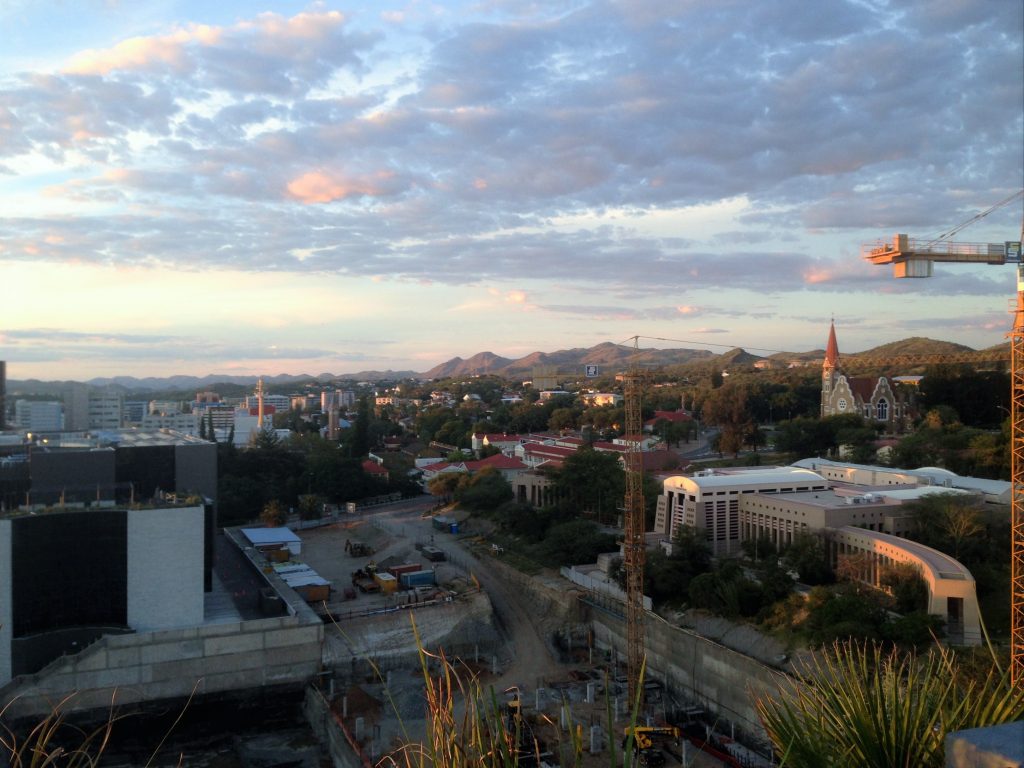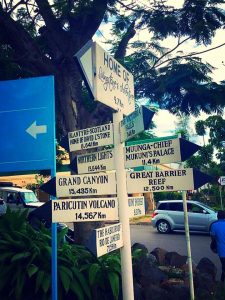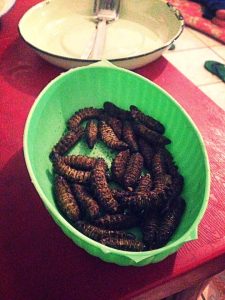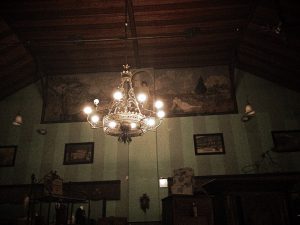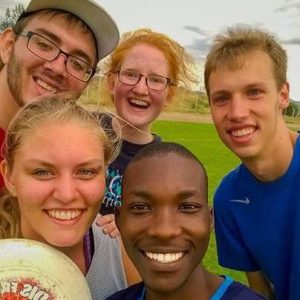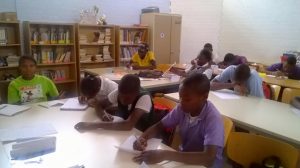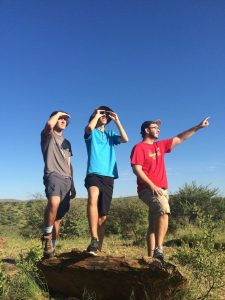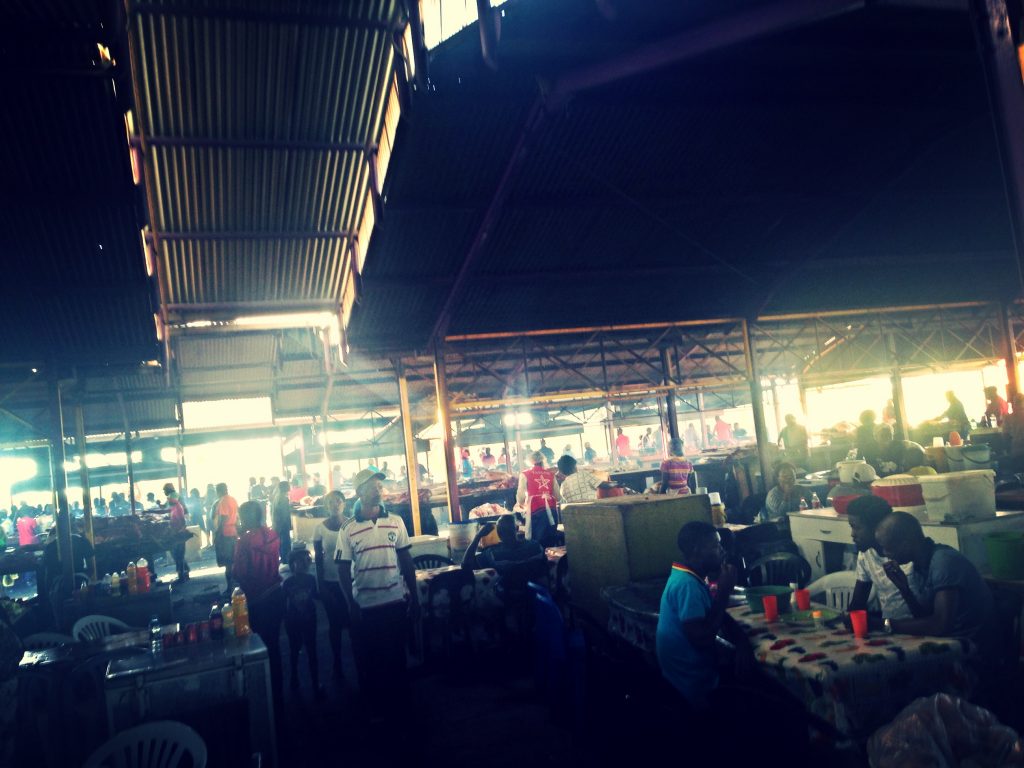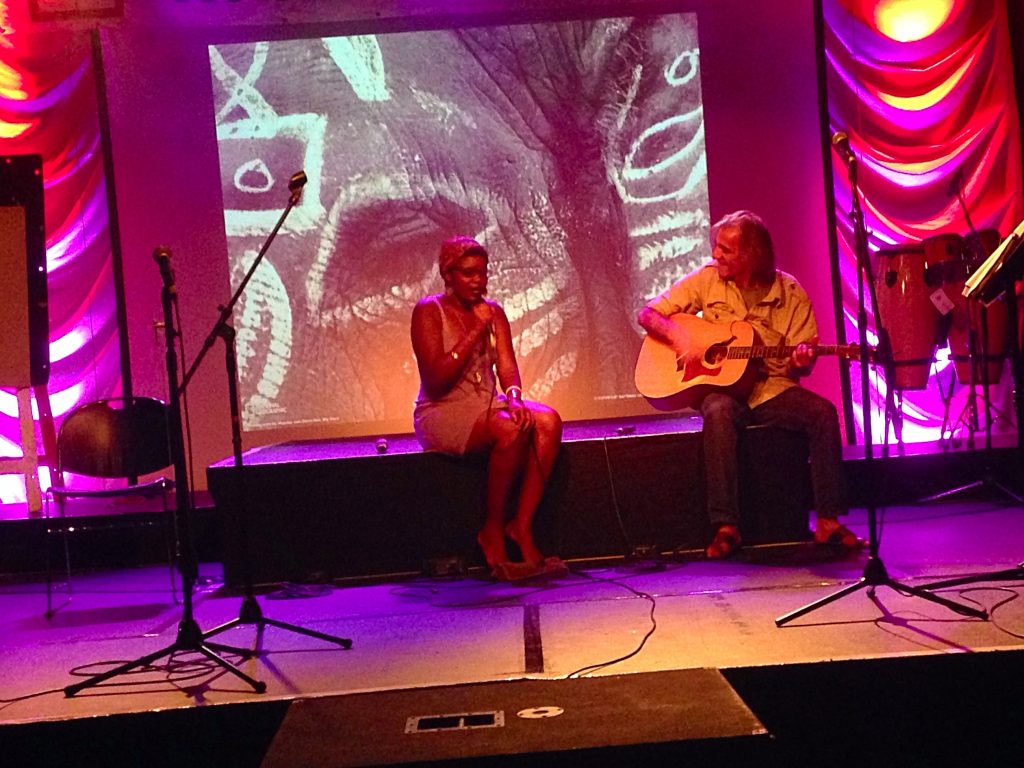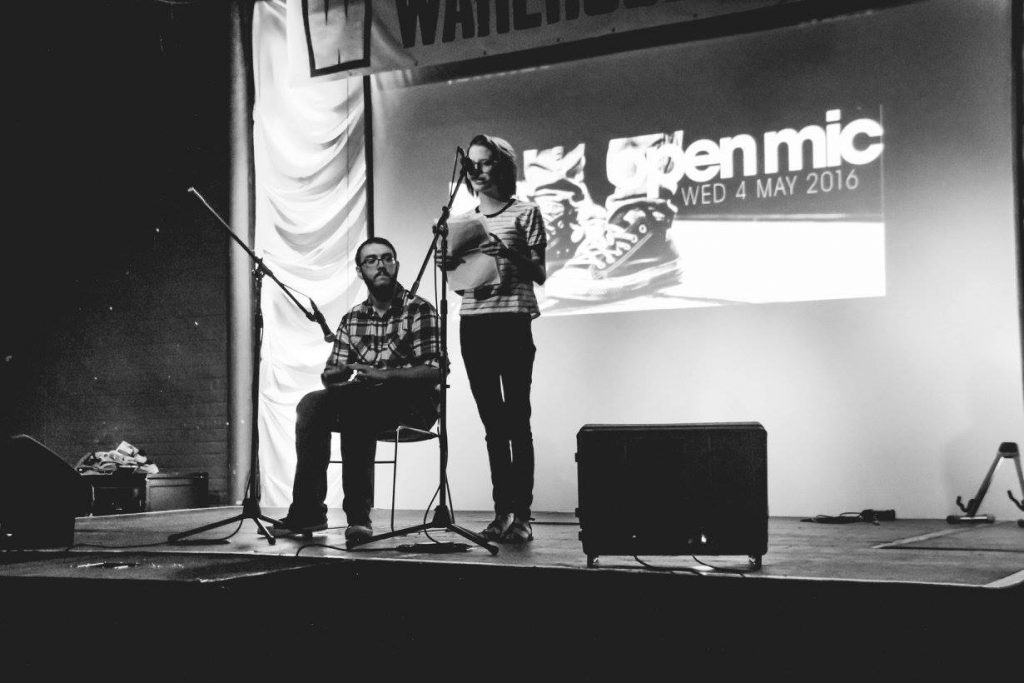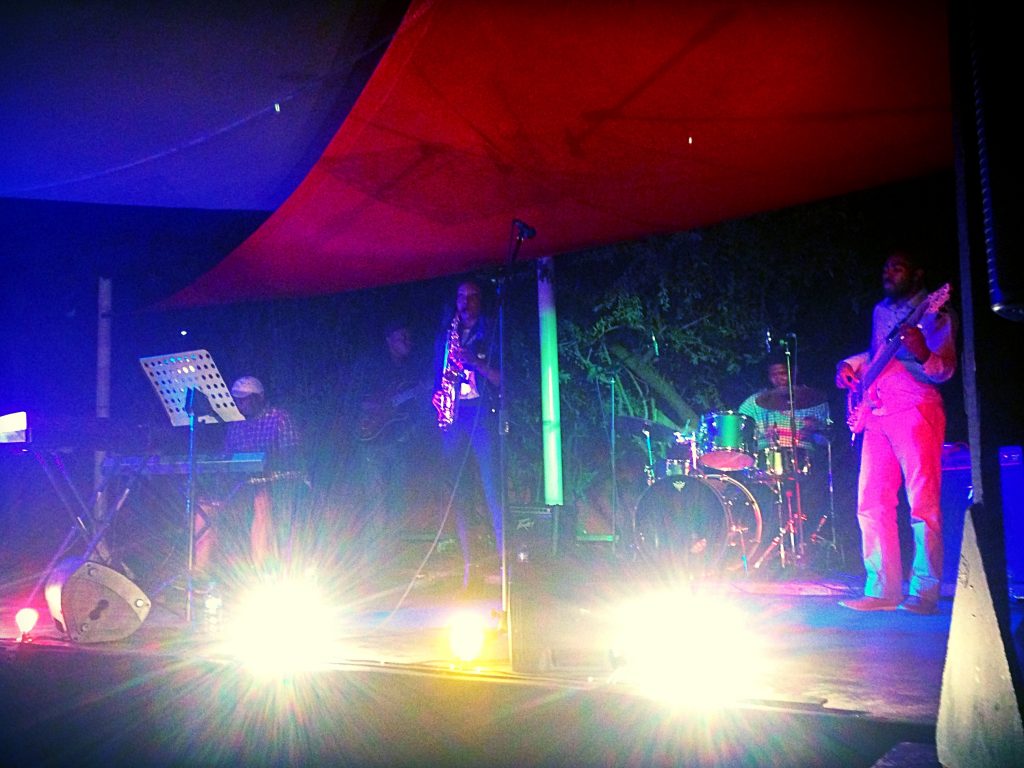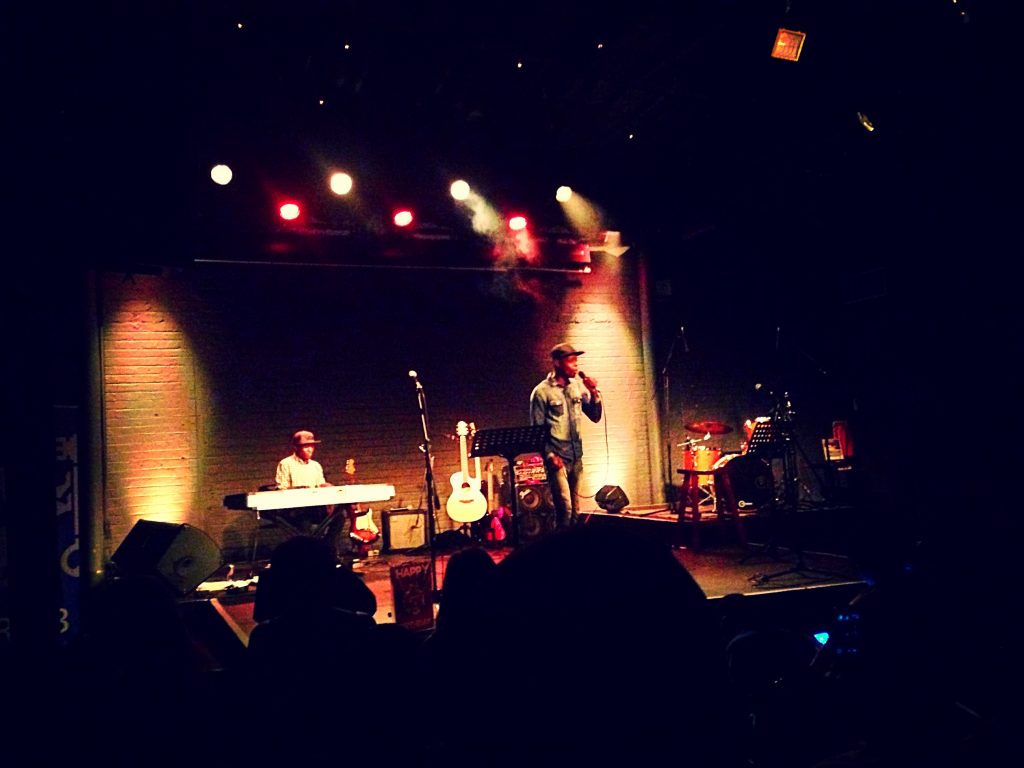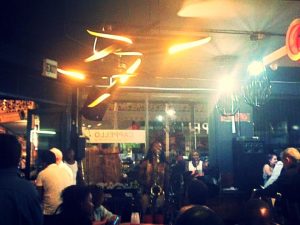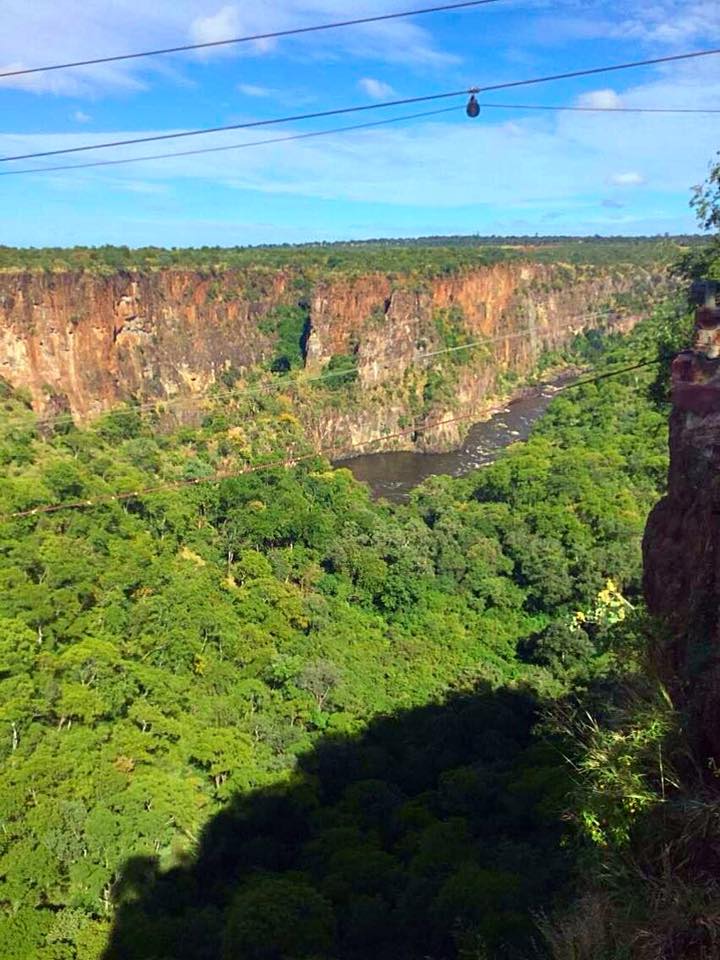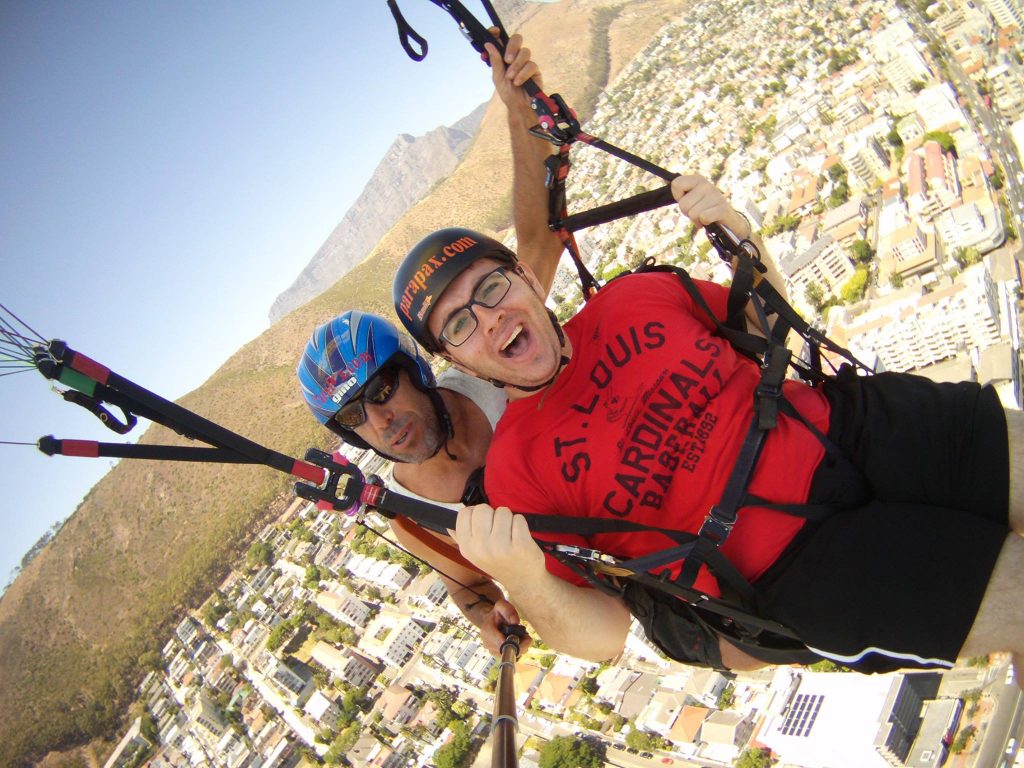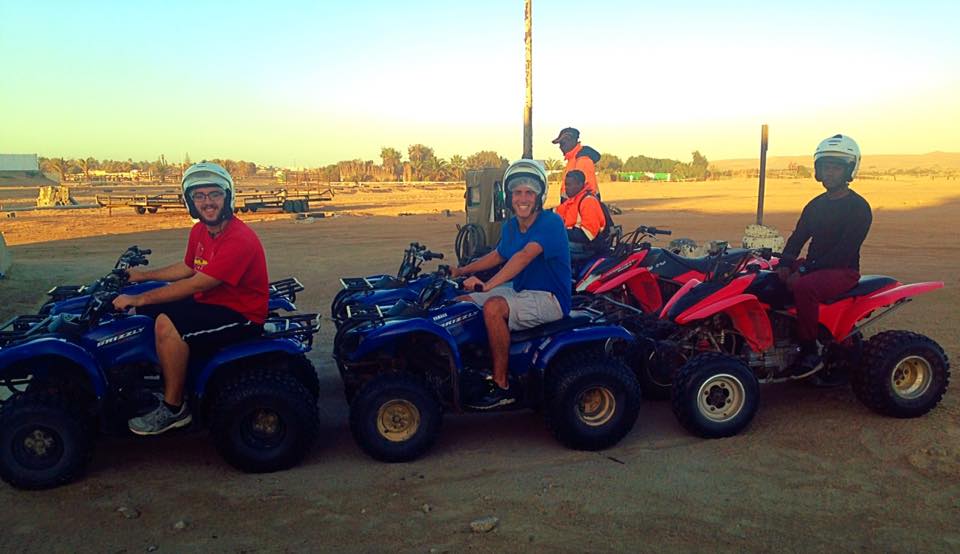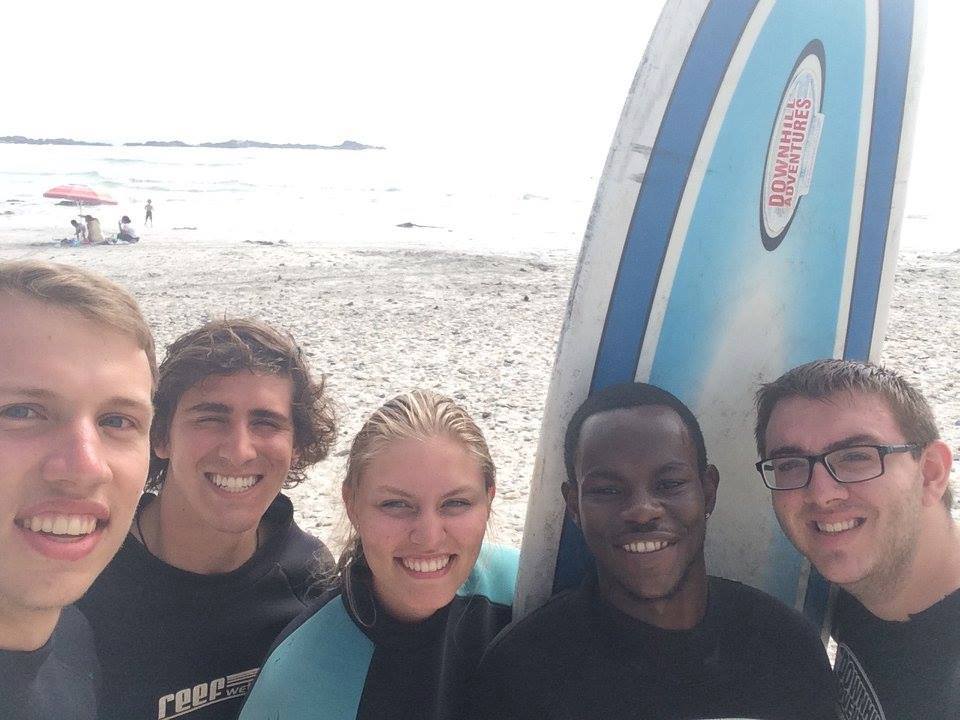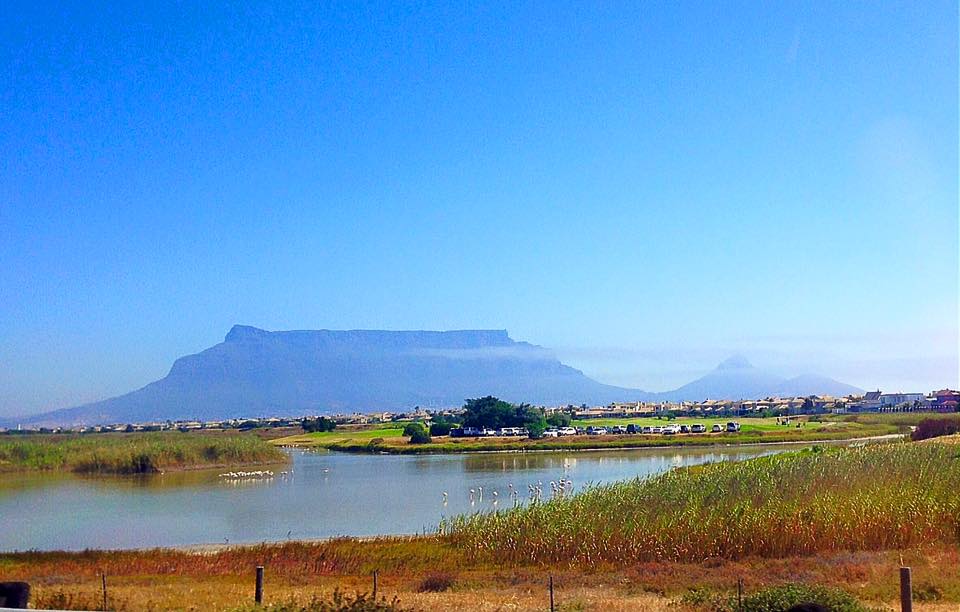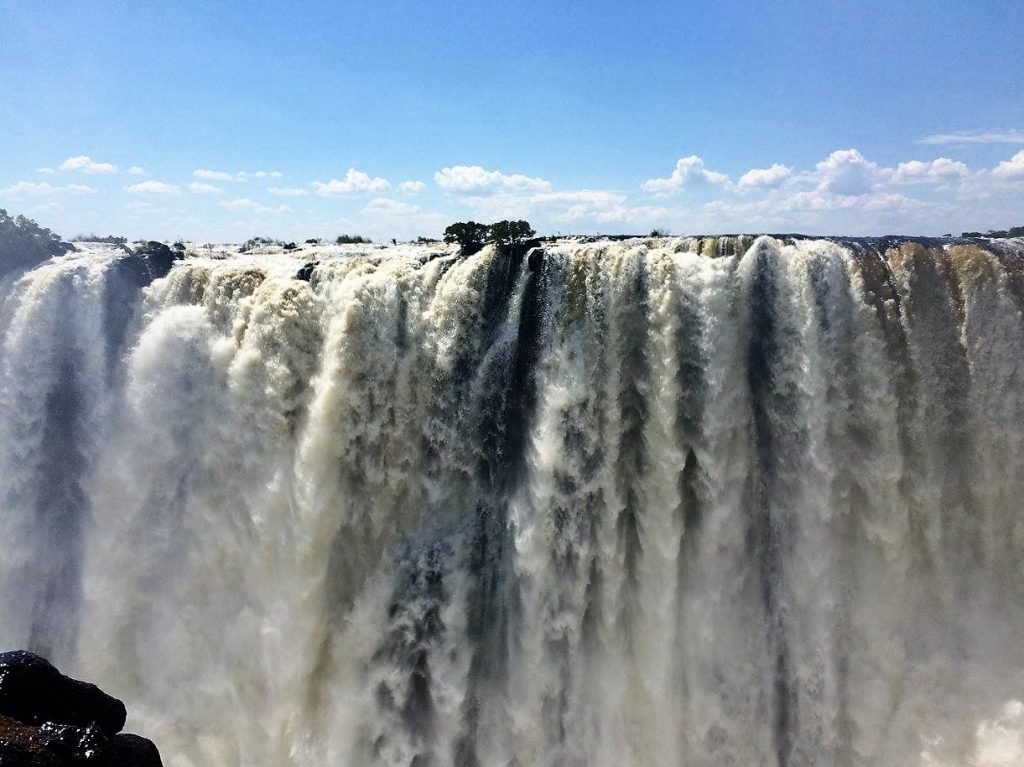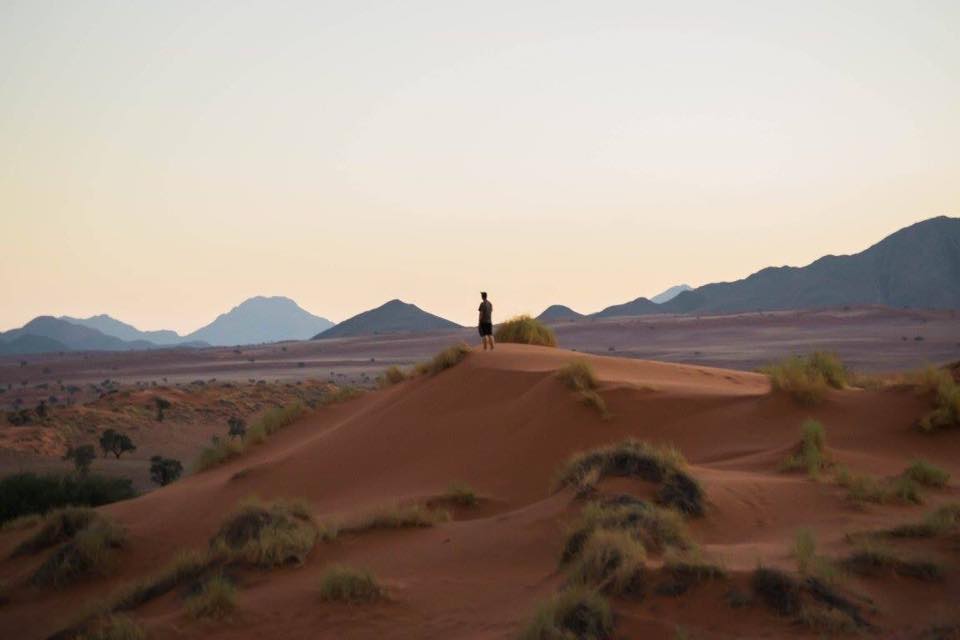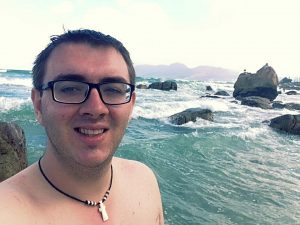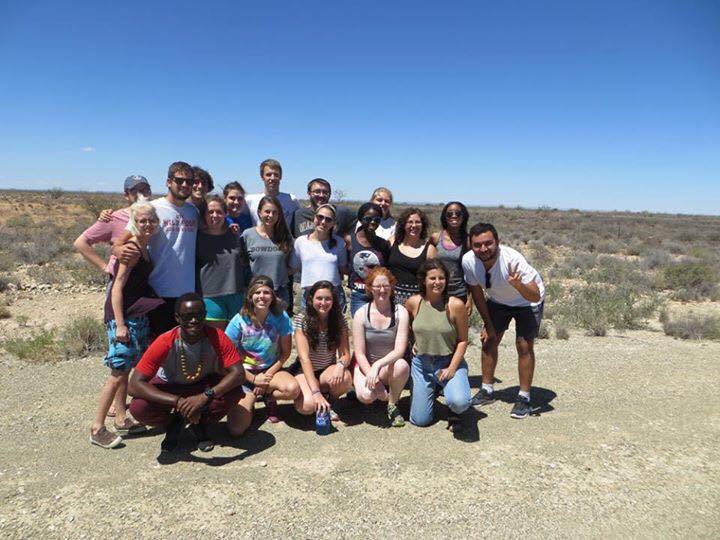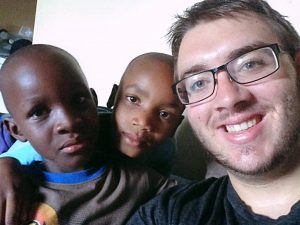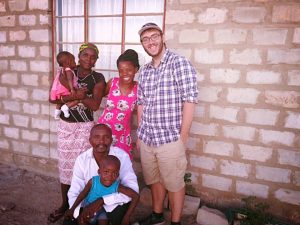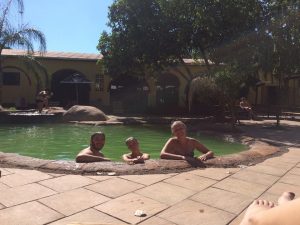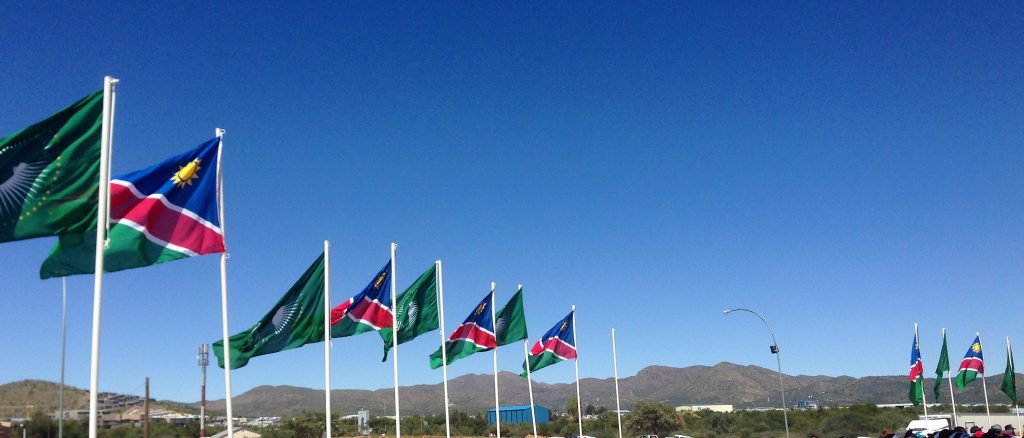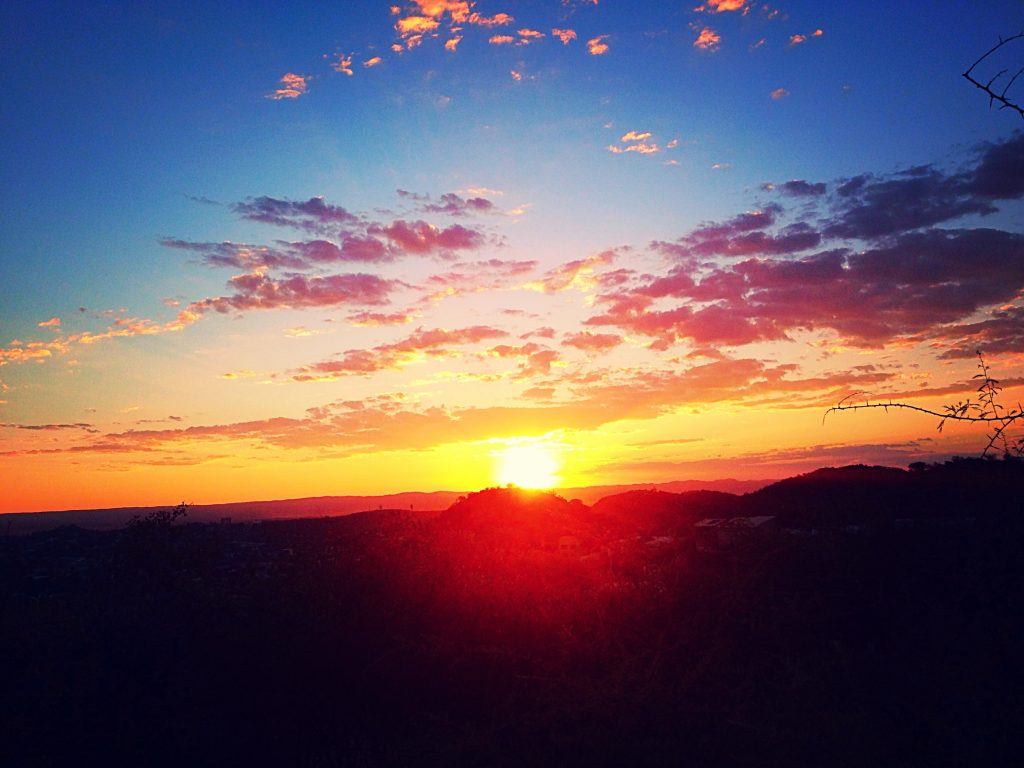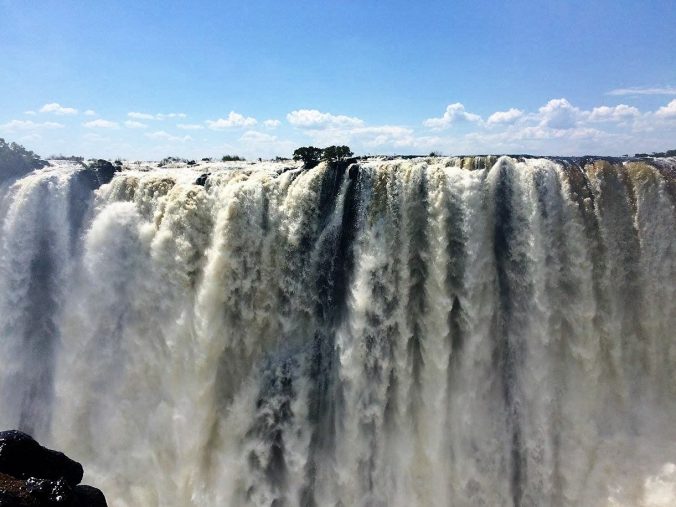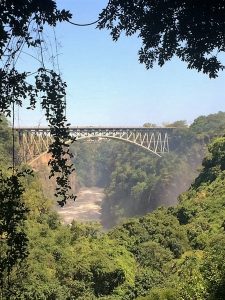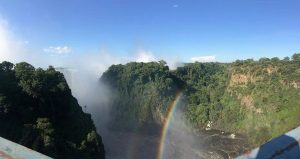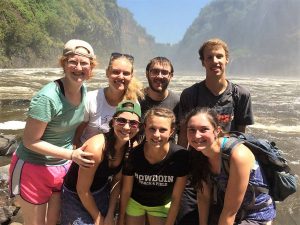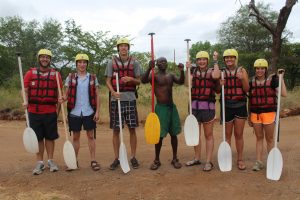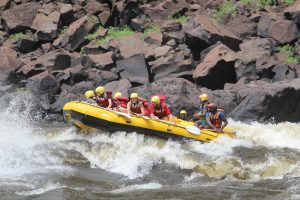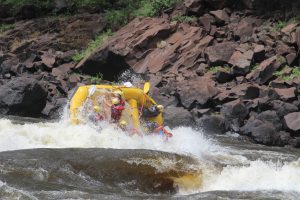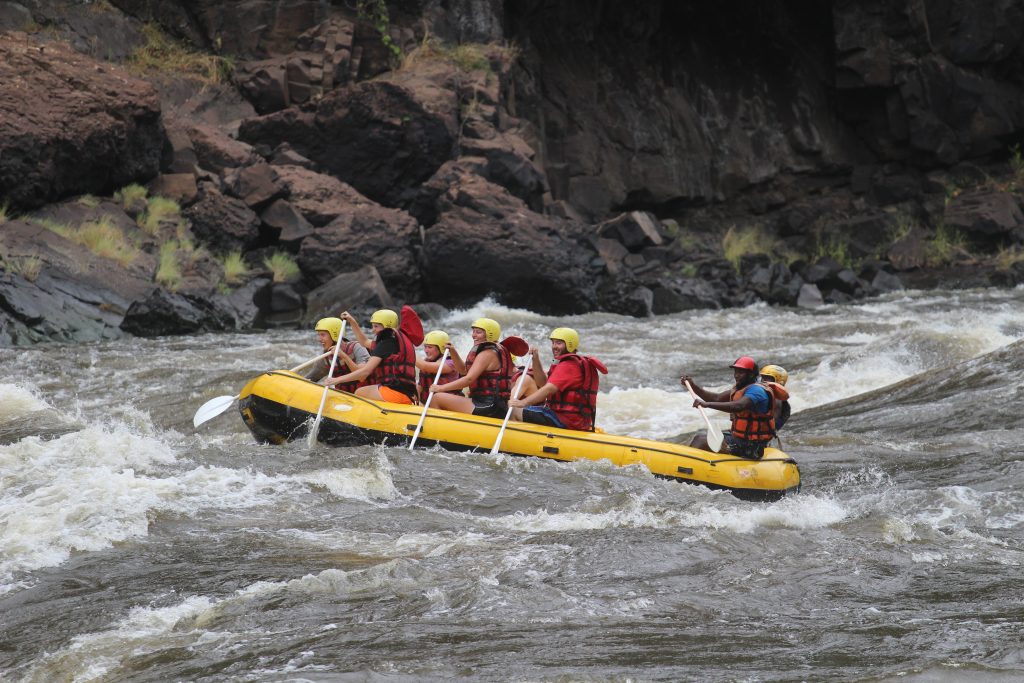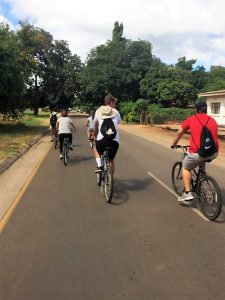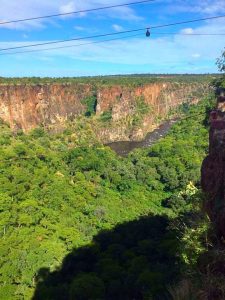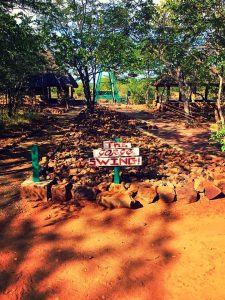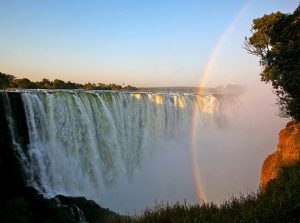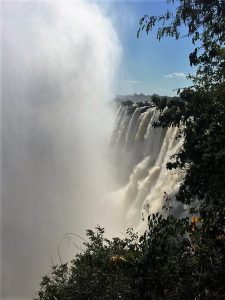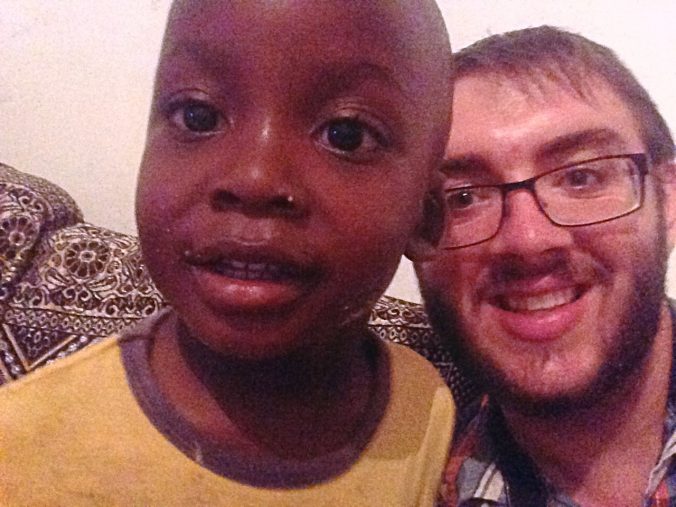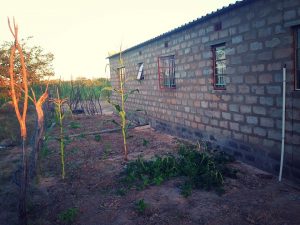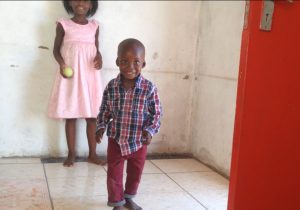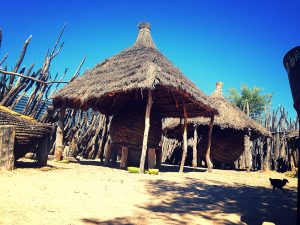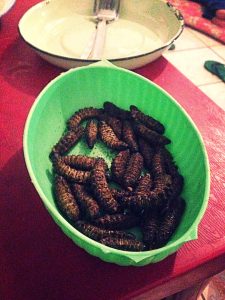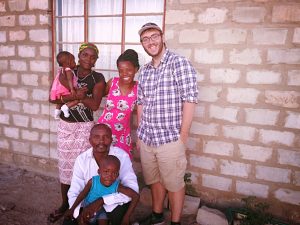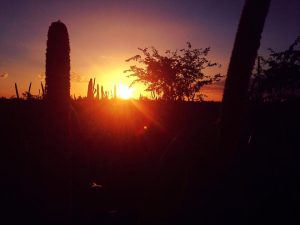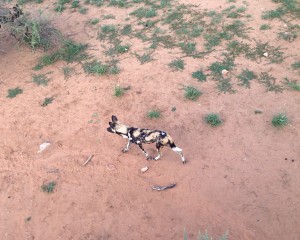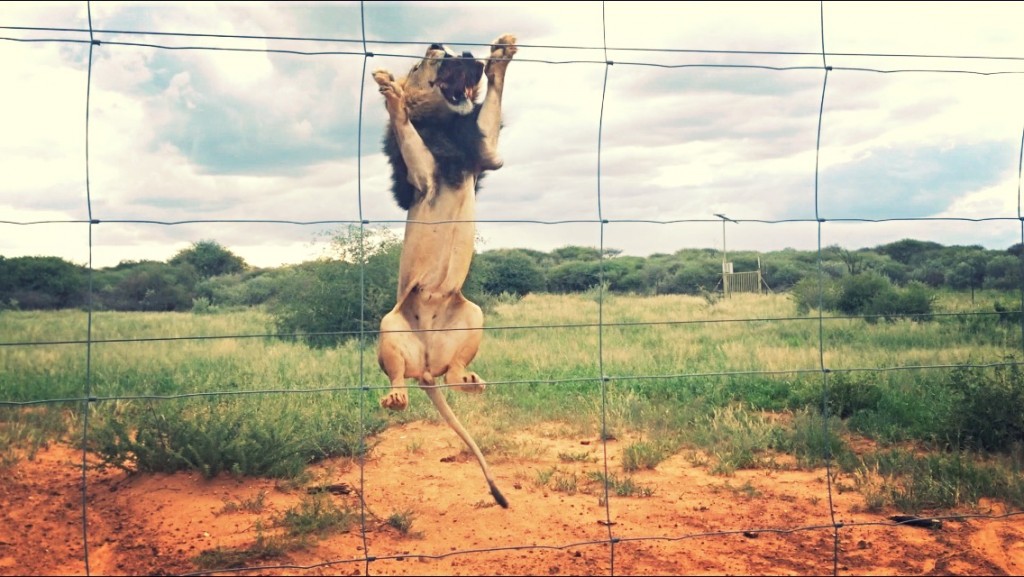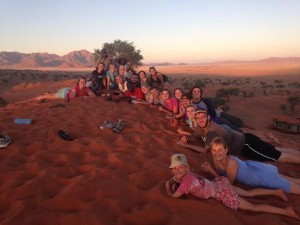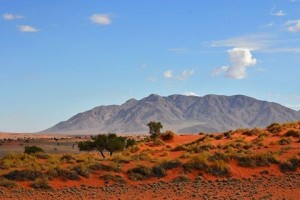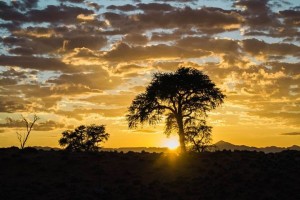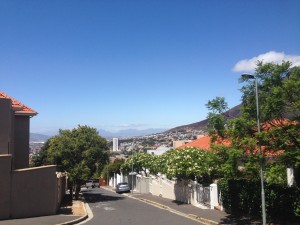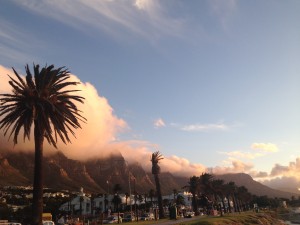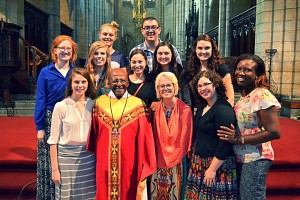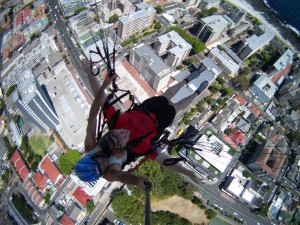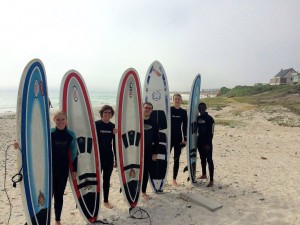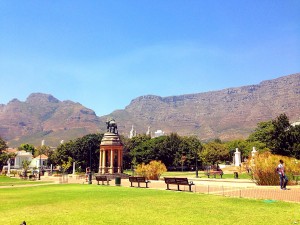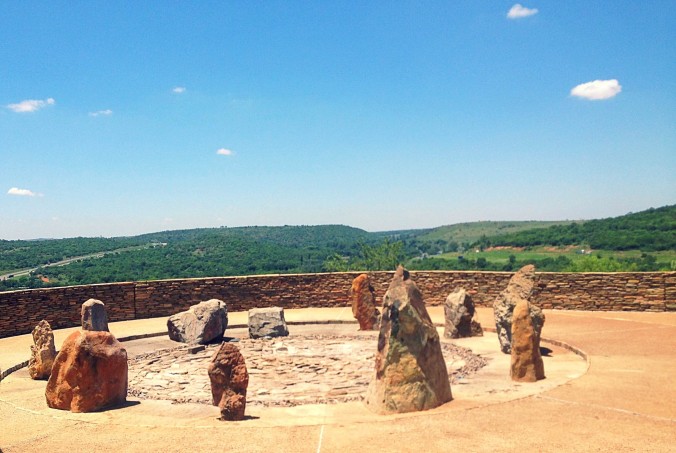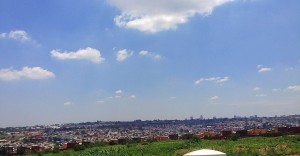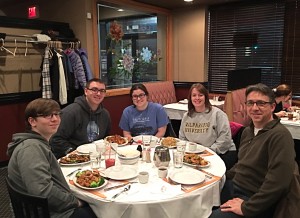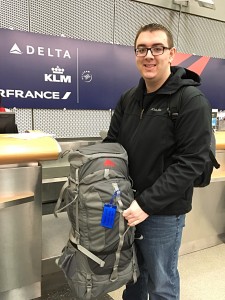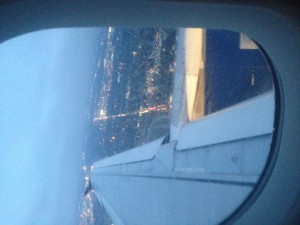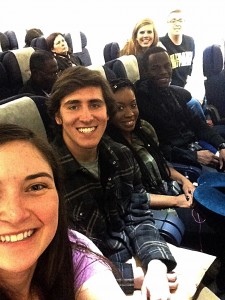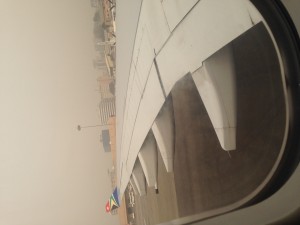So as the semester winds down to an end, I decided to look back on my semester to find some of the highlights of my time abroad. I went through a variety of categories and attempted to find my top 5 highlights for each.
*note: they aren’t necessarily in order of most favorite
Top 5 Places Visited:
1. Cape Town, South Africa
2. Windhoek, Namibia
3. Livingstone, Zambia
4. Swakopmund, Namibia
5. Johannesburg, South Africa
Top 5 Weirdest foods:
1. Caterpillar
2. Goat head (sorry, I didn’t get any pictures. I know you all wanted to see)
3. Every animal liver imaginable
4. Traditional drink (some sort of super sweet drink made with Mahangu grains)
5. Freshly slaughtered cow, goat and chicken
Top 5 restaurants in Windhoek:
1. Andy’s (Best pizza in Windhoek)
2. La Bricante (it’s a restaurant in an antique store with live music) Atmosphere 10/10
3. La Bonne (because French food is always fantastic)
4. Garnish Indian restaurant
5. Sardinia Italian restaurant
Top 5 Activities in Windhoek:
1. Ultimate Frisbee at University of Namibia
2. Internship at Physically Active Youth after school program
3. Walks around downtown
4. Hiking in the hills
5. Markets: Craft Market, First Quarter Market, Informal Markets
Top 5 Concerts:
1. Windhoek Unplugged- Warehouse Theater
2. Open Mic Night- Warehouse Theater
3. International Jazz Day Concert- Franco-Namibian Cultural Center
4. Song Night- Warehouse Theater
5. Live music at random bars and restaurants
Top 5 Adventure Activities:
1. Gorge Swing at Victoria Falls
2. White water Rafting in the Zambezi River
3. Paragliding in Cape Town
4. Quadbiking in the Namib Desert
5. Surfing in the Atlantic Ocean
Top 5 most beautiful views:
1. Table Mountain, Cape Town, SA
2. Victoria Falls, Livingstone, ZA
3. The Namib Desert, NADEET, NA
4. The vast hills surrounding Windhoek, NA
5. The Atlantic Ocean
Top 5 things I will miss:
1. My amazing and unique group of 19 peers
2. Being able to learn from so many different people and experiences
3. My wonderful, loving, and welcoming homestay families
4. Deep conversations by the pool, at the bar, or around the dinner table
5. The breathtaking beauty of the land that constantly surrounds me
Southern Africa has challenged my personal beliefs, taught me to look at the world differently, given me the opportunity to grow and try new things, gain a better understanding of what my future might entail, and create a group of life-long friends.


